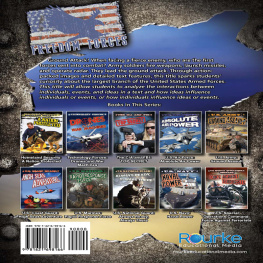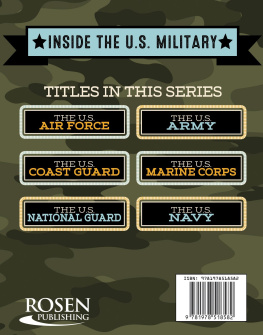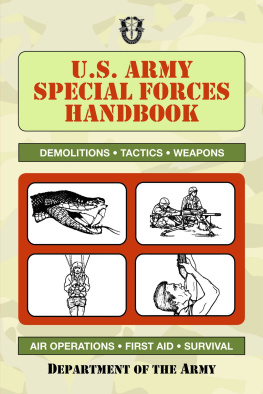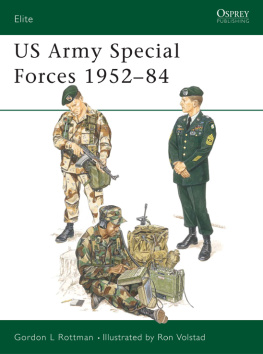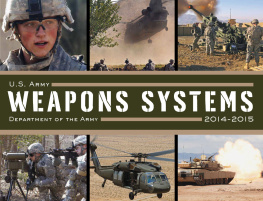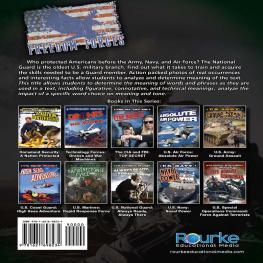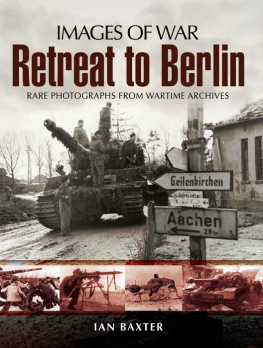Table of Contents
Guide
Level: S Word Count: 1,167 Words
100th word: the
Content Area Vocabulary:
Read the list. What do these words mean?
boot camp
combat
emergency
location
missiles
missions
radar
recruits
reserve
weaponry
Building Background Knowledge
Before reading a book, it is important to tap into what your child or students already know about the topic. This will help them develop their vocabulary, increase their reading comprehension, and make connections across the curriculum.
| Look at the cover of the book.
What will this book be about? |
| What do you already know about the topic? |
| Lets study the Table of Contents.
What will you learn about in the books chapters? |
| What would you like to learn about this topic?
Do you think you might learn about it from this book? Why or why not? |
| Use a reading journal to write about your knowledge of this topic. Record what you already know about the topic and what you hope to learn about the topic. |
| Read the book. |
| In your reading journal, record what you learned about the topic and your response to the book. |
| Complete the activities at the end of the book. |
Comprehension and Extension Activities
After reading the book, work on the following questions with your child or students in order to check their level of reading comprehension and content mastery.
| Describe the requirements for a U.S. Army recruit. |
| How does the Army use technology? |
| What types of peacekeeping and humanitarian work has the Army performed? |
| How does the Army use robots? |
| If you were to join the Army, which job would you like? Why? |
Extension Activity
Design a boot camp obstacle course. Youll need to have obstacles to jump over, climb under, and race through. Have a partner time you as you complete your course. Are you ready for boot camp?

2014 Rourke Educational Media LLC
All rights reserved. No part of this book may be reproduced or utilized in any form or by any means, electronic or mechanical including photocopying, recording, or by any information storage and retrieval system without permission in writing from the publisher.
www.rourkeeducationalmedia.com
PHOTO CREDITS: Cover and title page metal border Eky Studio, cover photo courtesy U.S. Army; back cover and title page: flag SFerdon; Pages 4/5 courtesy US Military, US Air Force; Page courtesy U.S. Army; Page 7 Skryl Sergey; Pages 8/9 National Archives and Records Administration, William B. T. Trego, US Military, US Army; Pages 10/11 courtesy US Army; Pages 12/13 US Army, Elizabeth M. Lorge, David Dismukes, Glenn Fawcett; Pages 14 John Davis, Mike A. Glasch, Fort Jackson Leader; Pages 15 US Army, US Air Force, Spc. Daniel Scneider 366th MPAD, USD-C; Pages 16/17 Sgt. Timothy Kingston, US Army, Joseph A. Lambach U.S. Marine Corps, SGT Igor Paustovski, US Army, U.S. Department of Defense, US Army; Pages 18/19 US Army, Sgt. Andy Dunaway US Army, Staff Sgt. Samuel Bendet US Air Force, SGT Tom Pullin; Pages 20/21 Photographers Mate 2nd Class Daniel J. McLain US Navy, Spc. James B. Smith Jr. US Army, US Navy, Ultratone85, US Army, US Air Force; Pages 22/23 Spc. Michael J. MacLeod US Army, US Army, Jennifer Andersson; Pages 24/25 Gary A. Bryant US Army, Spc. Ryan Hallock, Pfc. Kim, Jun-sub; Pages 26/27 US Army, US Air Force, US Military; Pages 28/29 National Archives and Records Administration and U.S. Army
Edited by Precious McKenzie
Designed and Produced by Blue Door Publishing, FL
Library of Congress Cataloging-in-Publication Data
Carla Mooney U.S. Army: Ground Assault
p. cm. -- (Freedom Forces)
ISBN 978-1-62169-921-7 (hard cover) (alk. paper)
ISBN 978-1-62169-816-6 (soft cover)
ISBN 978-162717-025-3 (e-book)
Library of Congress Control Number: 2013938873
Rourke Educational Media
Printed in the United States of America,
North Mankato, Minnesota


rourkeeducationalmedia.com
PO Box 643328 Vero Beach, Florida 32964
CHAPTER ONE
GROUND ATTACK
When facing a fierce enemy, who are the first forces sent into combat? Army soldiers lead the ground attack. Army soldiers fire weapons, launch missiles, and operate radar. Army officers lead the troops and make crucial battlefield decisions.
The Army is the largest branch of the United States Armed Forces. Other branches of the Armed Forces are the Marine Corps, the Navy, the Air Force, and the Coast Guard. The Army is in charge of all land warfare. Army soldiers may also perform humanitarian and peacekeeping duties.
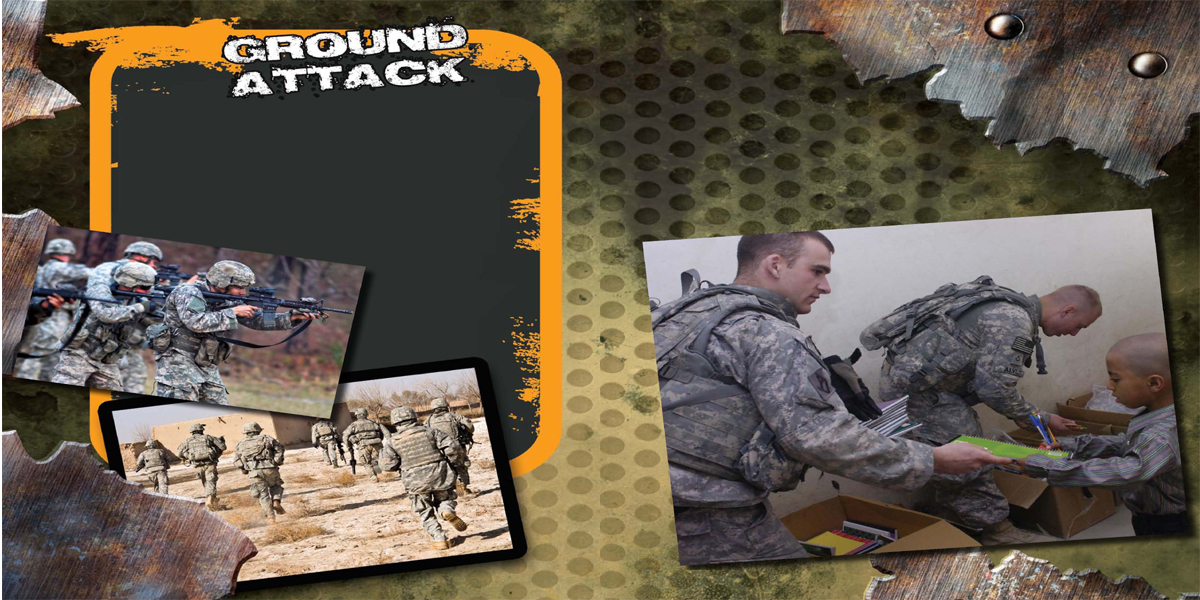
U.S. soldiers wear protective clothing and carry their equipment with them.
U.S. Humanitarian Assistance insures that food and other vital supplies reach populations in need after a war or large-scale emergency.
The U.S. Army is one of the largest and most powerful in the entire world. It has more than 488,000 active duty soldiers. The Army also has about 189,000 Reserve soldiers. Reserve soldiers are called to duty when needed during a national emergency or global conflict.
Army Structure
Soldier's Rank Insignias
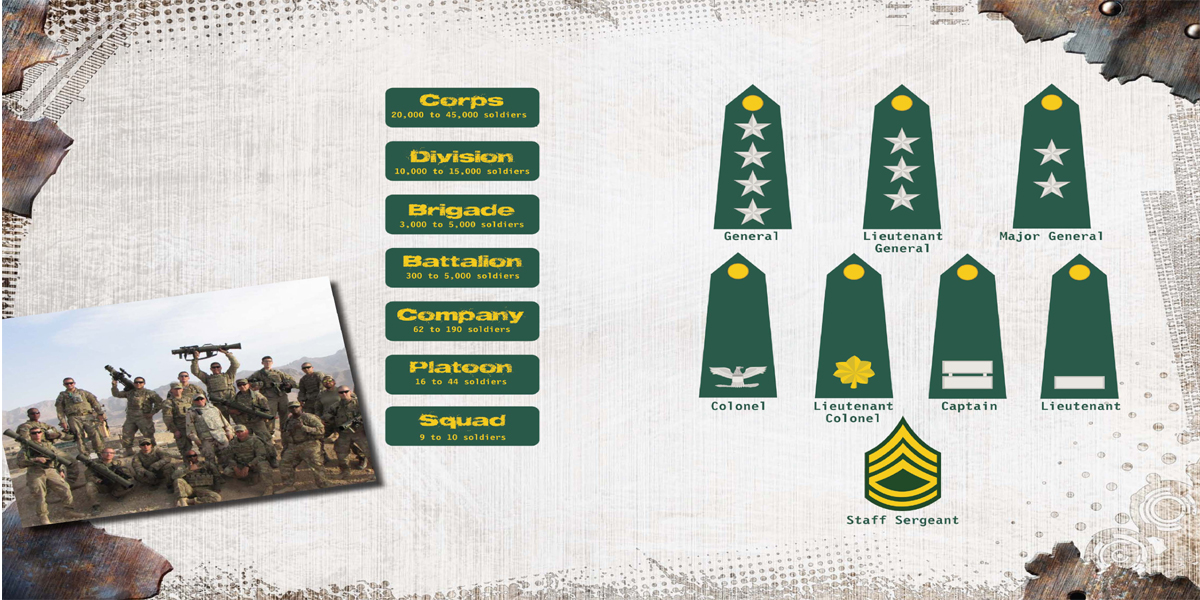
Because the Army is so large, it is organized into units.
CHAPTER TWO
ARMY HISTROY
How did the U.S. Army get started? The Army can trace its history all the way back to the founding of America. The Continental Congress founded the Army on June 14, 1775. It was called the Continental Army. General George Washington led the Army against the British in the American Revolution.Since then, the Army has fought in wars around the world.

George Washington and Continental Army at Long Island in New York.
U.S. Army soldiers engage enemy forces during Operation Moshtarak in Badula Qulp, Afghanistan.

